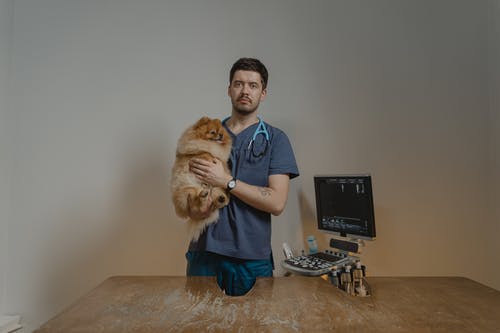Canine parvovirus (often called parvo) is a highly contagious viral infection that is particularly lethal in puppies and dogs. It is spread by any animal or object that comes into touch with contaminated dog feces. Puppies, adolescent dogs, and adult dogs that are not vaccinated are at risk of contracting the virus. Preventing parvovirus in your puppy or dog could mean the difference between life and death.
Parvovirus Symptoms
Lethargy, abdominal pain, loss of appetite, and bloating, fever or low body temperature, vomiting, and severe, often bloody diarrhea are signs of parvovirus. Consistent vomiting and diarrhea can cause rapid dehydration, and damage to the digestive and immune systems can culminate in septic shock which couldn’t be saved by veterinary surgery procedures.
If your canine develops any of these symptoms, you should contact your veterinarian immediately. Most parvovirus deaths occur between 48 and 72 hours after clinical symptoms begin.
Diagnosis and Therapy
Parvovirus infection is usually suspected in dogs based on their medical history, physical examination, and laboratory tests. To confirm the diagnosis, fecal tests from a Veterinary hospiral in Natick may be necessary.
There is no specific medication available to remove the virus from infected dogs, and treatment is intended to reinforce the dog’s body systems until the dog’s immune system can fight the viral infection. Treatment should be initiated immediately and should focus on rehydrating the patient by replacing electrolytes, protein, and fluid losses, controlling diarrhea and vomiting, and preventing secondary infections.
Sick dogs must be kept warm and provided with appropriate nursing care. When a dog acquires parvovirus, the cost of treatment might be prohibitively high, and the dog may perish despite rigorous treatment. For a favorable outcome, early detection and aggressive treatment are crucial. With appropriate care, survival rates can surpass 90%.
Because parvovirus is very contagious, it is critical to isolate infected dogs to prevent infection spread. Cleaning and sanitizing infected kennels and other facilities where ill dogs are (or have been) properly housed. Because the virus is notoriously difficult to remove, consult your veterinarian for particular cleaning and disinfection product suggestions.
Parvovirus Prevention
Vaccination and maintaining adequate hygiene are critical preventative strategies.
Puppies under six months of age are particularly susceptible to infection. The natural immunity provided by their mothers’ milk may wear off before the puppies’ immune systems mature sufficiently to battle infection. If a pup is exposed to canine parvovirus during this phase of weakened protection, it may develop the illness.
Additionally, immunity supplied by mother’s milk may act as a barrier to a good vaccination response. This means that even completely vaccinated puppies are susceptible to contracting parvovirus and developing the illness. Throughout the first few months of life, puppies receive a series of vaccines to bridge protection gaps and protect against parvovirus. Regardless of past immunizations, Puppies should be immunized against canine parvovirus at about 14 to 16 weeks of age.
Pet owners should ensure that their dog is currently on parvovirus vaccinations to protect their adult dogs from parvovirus infection. While titers can assess a dog’s antibody level against canine parvovirus, the antibody level does not necessarily translate into protection if the dog is exposed to the virus. Consult your veterinarian to determine the appropriate preventative program for your dog plus when on the vet, you can also inquire about Pet Teeth Exams.
Conclusion
The term “parvo,” which stands for parvovirus, alone sends chills down your spine. This highly contagious virus is notorious for fast converting a previously healthy puppy who was showering you with stinking puppy breath kisses and playing one day into an almost or fatally ill puppy in a matter of days. Fortunately, this disease is preventable and treatable in dogs if detected early.








